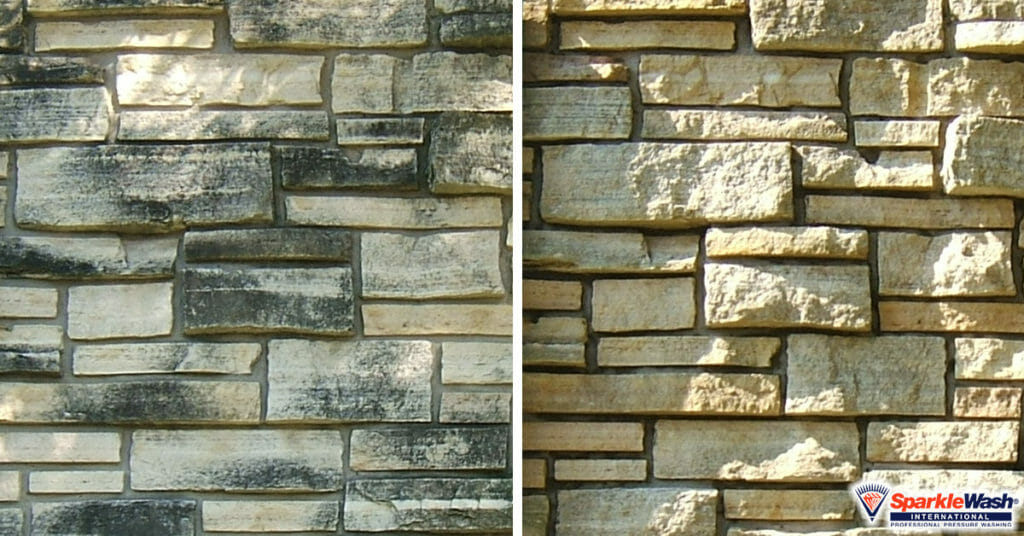Restoring rock textures is not only a art and the science, fusing classical methods and contemporary approaches to infuse fresh vitality within heritage materials. Whether you are working on a worn stone façade of an ancient building or looking to refresh a beloved garden walkway, comprehending the traditional methods of rock refurbishment can greatly impact the result. These timeless methods have been passed along over generations, highlighting the importance of skill and regard for the materials used.
In the ultimate manual to rock restoration, we will explore ways to tackle your endeavor with care and expertise. From identifying the right refurbishment methods to recognizing when it’s time to consult experts, we aim to provide guidance that can help you steer clear of common pitfalls. Join us as we delve into the world of rock restoration, examining essential advice, successful upkeep tactics, and the way these practices contribute to protecting our architectural history.

Common Oversights in Stone Restoration
One of the most common errors in stone refurbishment is using the wrong cleaning methods. Many householders may resort to harsh cleaning agents or coarse tools, believing they will efficiently remove dirt and stains. However, these approaches can cause irreversible harm to the stone, eroding its natural beauty and integrity. It is crucial to employ balanced cleaners specifically designed for rock materials and to utilize soft cleaning techniques to prevent scratching the surface.
Another regular error occurs when homeowners endeavor to perform DIY refurbishment without sufficient understanding or training. While the internet provides a abundance of information, not all sources are accurate. Attempting complex methods, such as renewing or repairing significant cracks without professional assistance, can lead to more severe harm and increased charges down the path. Seeking qualified guidance or contracting a trained specialist can ensure that the restoration is done properly and safely.
Finally, neglecting suitable maintenance after refurbishment is a critical error that many make. Once https://knox-kamper-2.blogbright.net/restoring-rock-in-historic-dwellings-challenges-and-triumphs are refurbished, they require ongoing attention to maintain their look and lifespan. Neglecting to use appropriate coatings or not adhering to regular cleaning schedules can lead to worsening and the necessity for further repairs sooner than expected. Creating a consistent care schedule is essential to prolong the life and appearance of repaired stone surfaces.
Best Elements for Rehabilitating Historic Homes
When it comes to rehabilitating heritage homes, deciding on the ideal resources is essential to preserving originality and durability. Natural stone is often the favored choice for its timeless appeal and stability. Materials such as granite, granite, and sandstone not only blend well with the archival context but also provide longevity when well-maintained. These stones have withstood the trial of time and can tolerate varying environmental conditions, making them perfect for renovation projects.
In addition to stone, the application of traditional mortar is crucial for fixing and repointing brick work. Calcium mortar, in particular, is preferred in many heritage restorations because it enables movement and porosity, helping to prevent water damage within the walls. Its compatibility with traditional building techniques ensures that restorations maintain the building’s original character while ensuring structural soundness.
Finally, adding repurposed materials is a popular practice that adds authenticity to restoration projects. Whether it's repurposed bricks, timber, or metal fixtures, these materials not only provide a unique aesthetic but also promote sustainability. Using reclaimed materials aids environmental conservation while preserving the cultural significance of the home, creating a smooth connection to the past.
Do-It-Yourself vs. Trained Stone Restoration
When thinking about stone restoration, numerous homeowners face the challenge of whether to undertake the project themselves or engage a professional. DIY restoration can be attractive due to possible cost savings and the sense of personal achievement. Many resources, including online tutorials and local workshops, offer support on essential techniques, from washing to minor repairs. However, it's essential to understand that stone restoration often requires a nuanced understanding of the material, including the appropriate tools and products that are fit for specific stone types.
On the flip side, trained stone restoration services bring specialized skills and know-how to the process. Skilled restorers understand the intricacies of different stone materials and have the ability to use advanced tools and techniques that can achieve higher results. They can evaluate the condition of the stone and identify hidden issues that a DIY approach might overlook. Additionally, professionals are familiar with historical restoration practices, which can be essential for preserving the integrity of antique or historic stones.
Ultimately, the decision between DIY and professional restoration depends on various factors, including the degree of damage, the specific requirements of the stone surface, and the homeowner's skill level. While marble tile repair sydney might be doable for a dedicated DIY hobbyist, significant restoration work often benefits from the precision and knowledge of trained people. Weighing cost, quality, and personal capability will guide homeowners in making the most suitable choice for their stone restoration needs.
